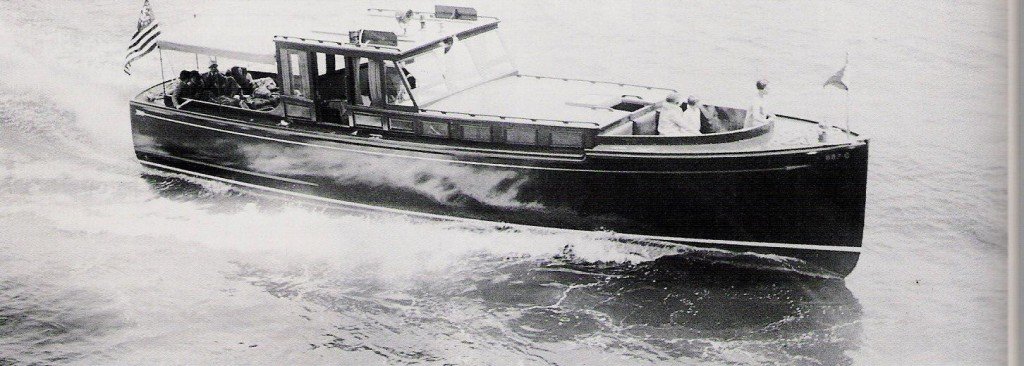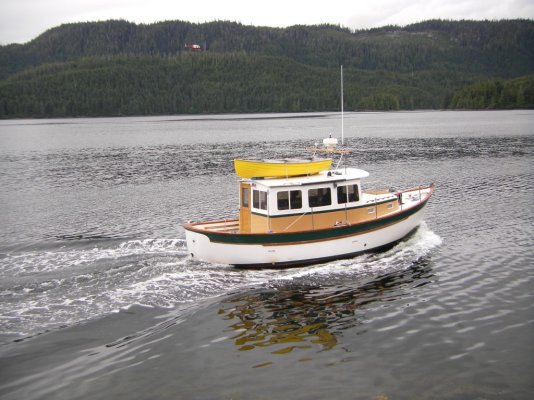FF
Guru
- Joined
- Oct 12, 2007
- Messages
- 22,552
- a trawler offers more space and comfort and style than other styles of boats. For a 36 foot boat, what other style offers more livable space?
So Safety , seaworthy , sea kindly , handyness , scantlings , equipment , maint , cruise ability , repair record (deck rot) , engine suitability , fuel capacity and hourly burn all take second place to simple volume?
Sounds like your dream boat will be east enough to locate.
So Safety , seaworthy , sea kindly , handyness , scantlings , equipment , maint , cruise ability , repair record (deck rot) , engine suitability , fuel capacity and hourly burn all take second place to simple volume?
Sounds like your dream boat will be east enough to locate.


